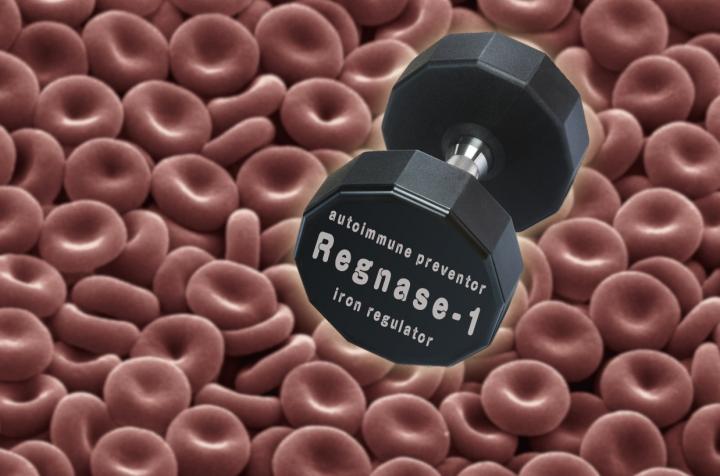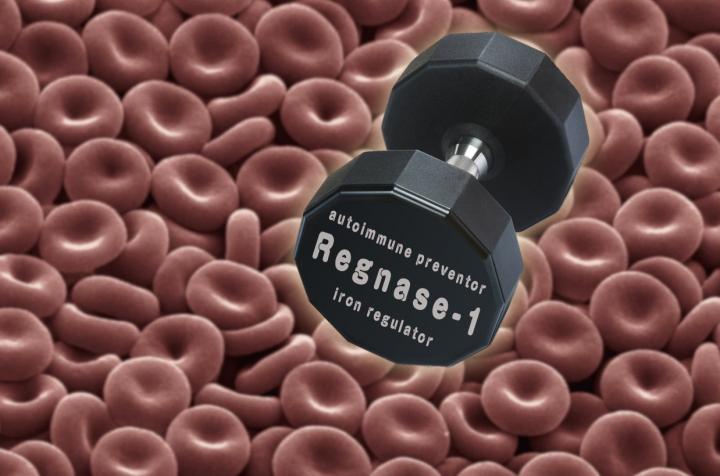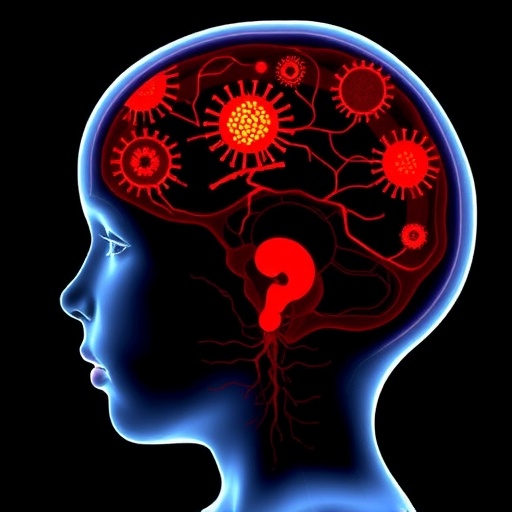
Credit: Kyoto University
Kyoto, Japan — Maintaining a good balance of iron in the body is necessary for health: too little can lead to anemia, but too much can cause debilitating disorders such as hemochromatosis.
The uptake and metabolism of iron in the body is one of the most tightly-controlled systems in mammals. Iron 'regulation' occurs at multiple levels, from controlling gene expression to degrees of protein synthesis, but some key factors have yet to be uncovered.
As described recently in Cell Reports, Kyoto University researchers have now identified a specific gene — initially known to prevent autoimmune diseases — as a key regulator in iron uptake.
"We found previously that when mice lack the gene Regnase-1 they suffer from severe autoimmune diseases and anemia," explains first author Masanori Yoshinaga.
"At first, we assumed that anemia was a secondary effect, but after detailed analysis we found that the two symptoms develop independently."
Continued study of mice with a Regnase-1 mutation revealed a functional defect in the principle site for iron absorption in the body, the duodenum, which is the first section of the small intestine, coming directly after the stomach.
"The next step was to find the role of Regnase-1 in iron-uptake maintenance. We started by looking at the most important iron-uptake gene, Transferrin Receptor 1, or TfR1," continues Yoshinaga.
"Our results showed that Regnase-1 degrades the mRNA of TfR1, thereby inhibiting the synthesis of the TfR1 protein, and additionally that it likely regulates other important iron-controlling genes."
"Further analysis of Regnase-1 in iron-related homeostasis," concludes team leader Osamu Takeuchi, "may provide insight into the mechanisms causing anemia and other iron-related disorders, perhaps eventually leading to new methods of treatment."
###
The paper "Regnase-1 maintains iron homeostasis via the degradation of transferrin receptor 1 and prolyl hydroxylase domain-containing protein 3 mRNAs" appeared in Cell Reports on 24 May 2017, with doi: 10.1016/j.celrep.2017.05.009
Kyoto University is one of Japan and Asia's premier research institutions, founded in 1897 and responsible for producing numerous Nobel laureates and winners of other prestigious international prizes. A broad curriculum across the arts and sciences at both undergraduate and graduate levels is complemented by numerous research centers, as well as facilities and offices around Japan and the world. For more information please see: http://www.kyoto-u.ac.jp/en
Media Contact
Raymond Kunikane Terhune
[email protected]
81-757-535-728
@KyotoU_News
http://www.kyoto-u.ac.jp/en
############
Story Source: Materials provided by Scienmag






